(continuer en français) – Published: June 22, 2024
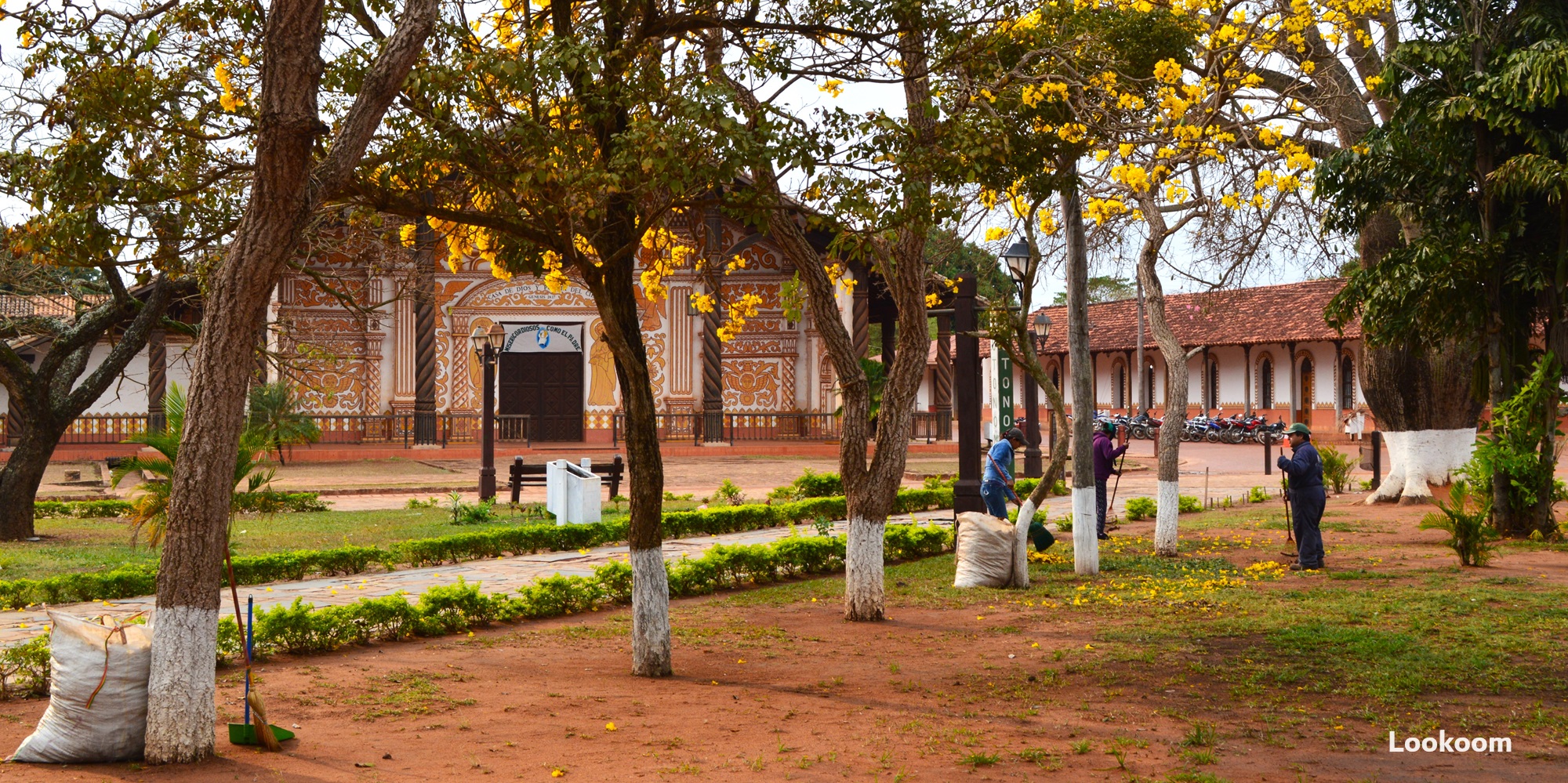

The Jesuit missions of Chiquitanía, nestled in the lowlands of eastern Bolivia, offer a captivating journey through history, culture and architecture. Founded by the Jesuits in the 17th and 18th centuries, these missions were established to evangelize the Chiquito people, an indigenous group of the region resistant to the advance of European settlers.
The Chiquitanía region lies to the east of the country, towards Paraguay, and is a dry tropical plain covered by scrubland. It is here that seven Jesuit missions remain, classified by UNESCO as World Heritage Sites in 1990.
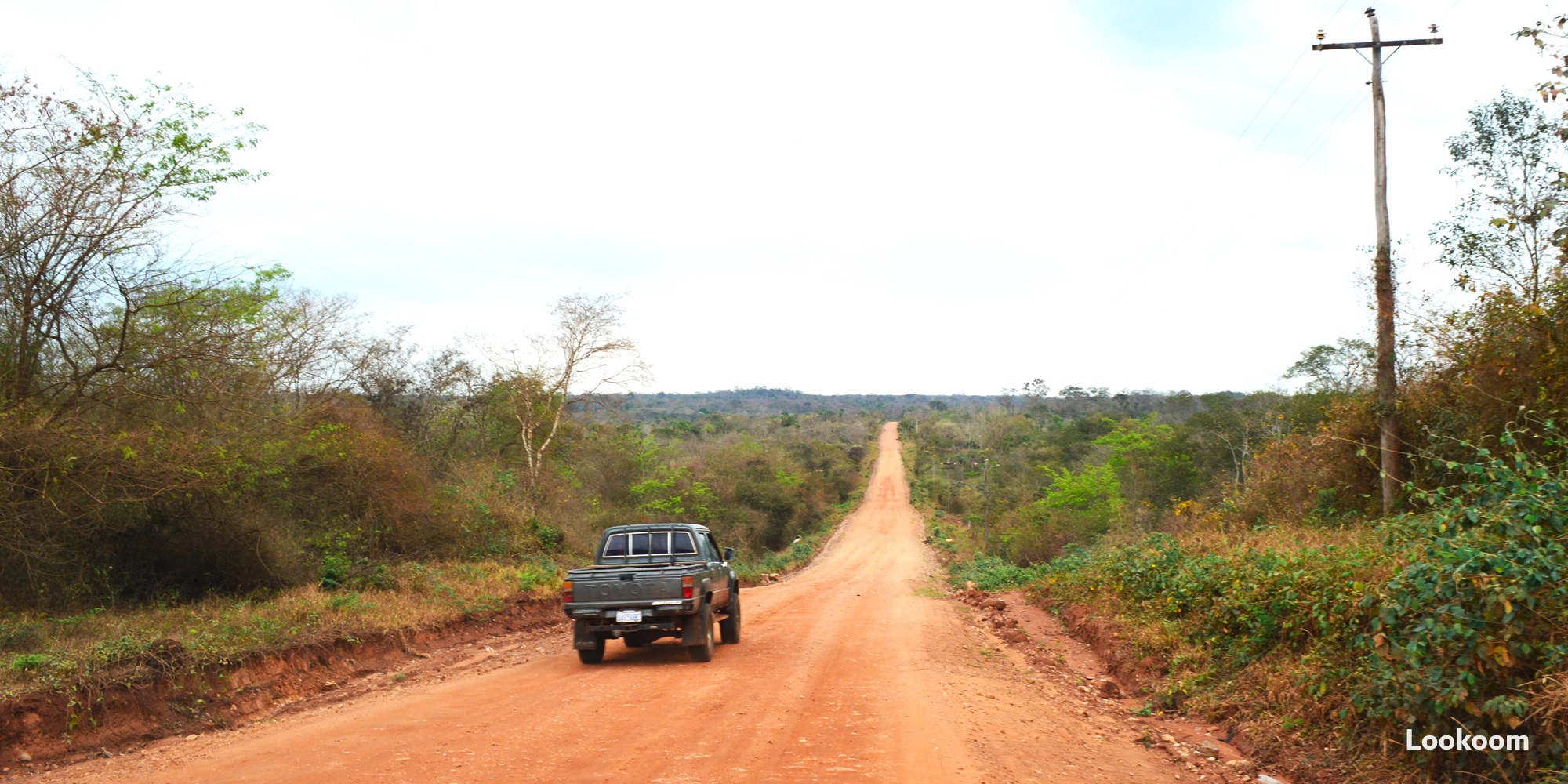
The Jesuits
The Jesuits arrived in Chiquitanía in 1691 with the mission of converting the local population to Christianity in order to integrate them into the Spanish colonial system. The Jesuits created sedentary communities based on agriculture and livestock farming. The indigenous peoples lived in relative peace, protected from the depredations of slavery and encomienda practiced by the colonists.
The missions flourished until 1767, when the Jesuits were expelled from Spanish territories by the King of Spain. Without Jesuit guidance, many missions fell into ruin. However, local communities maintained many of the traditions and structures established by the Jesuits.
In 1972, Hans Roth, a Swiss Jesuit, set about restoring the churches.
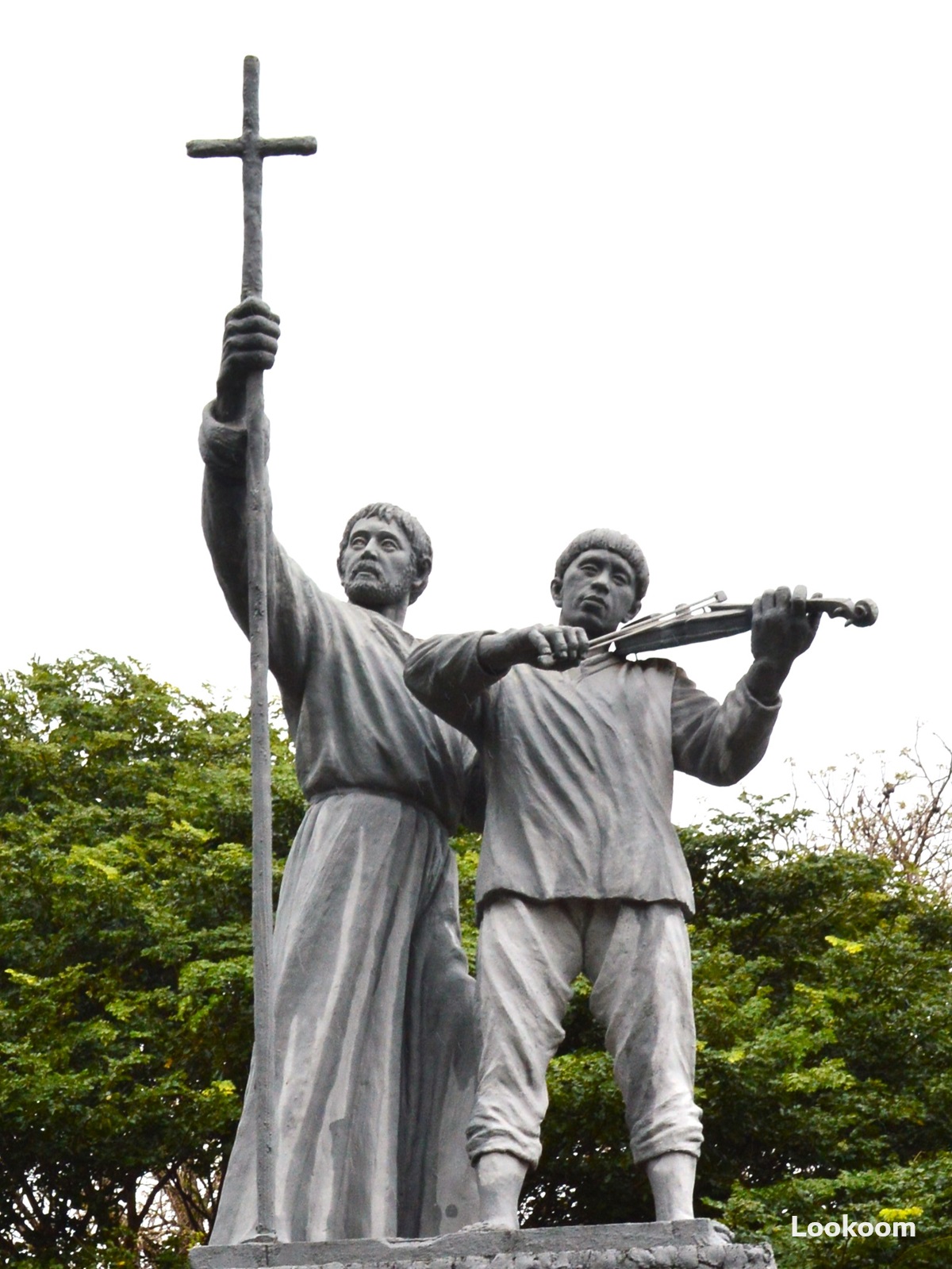
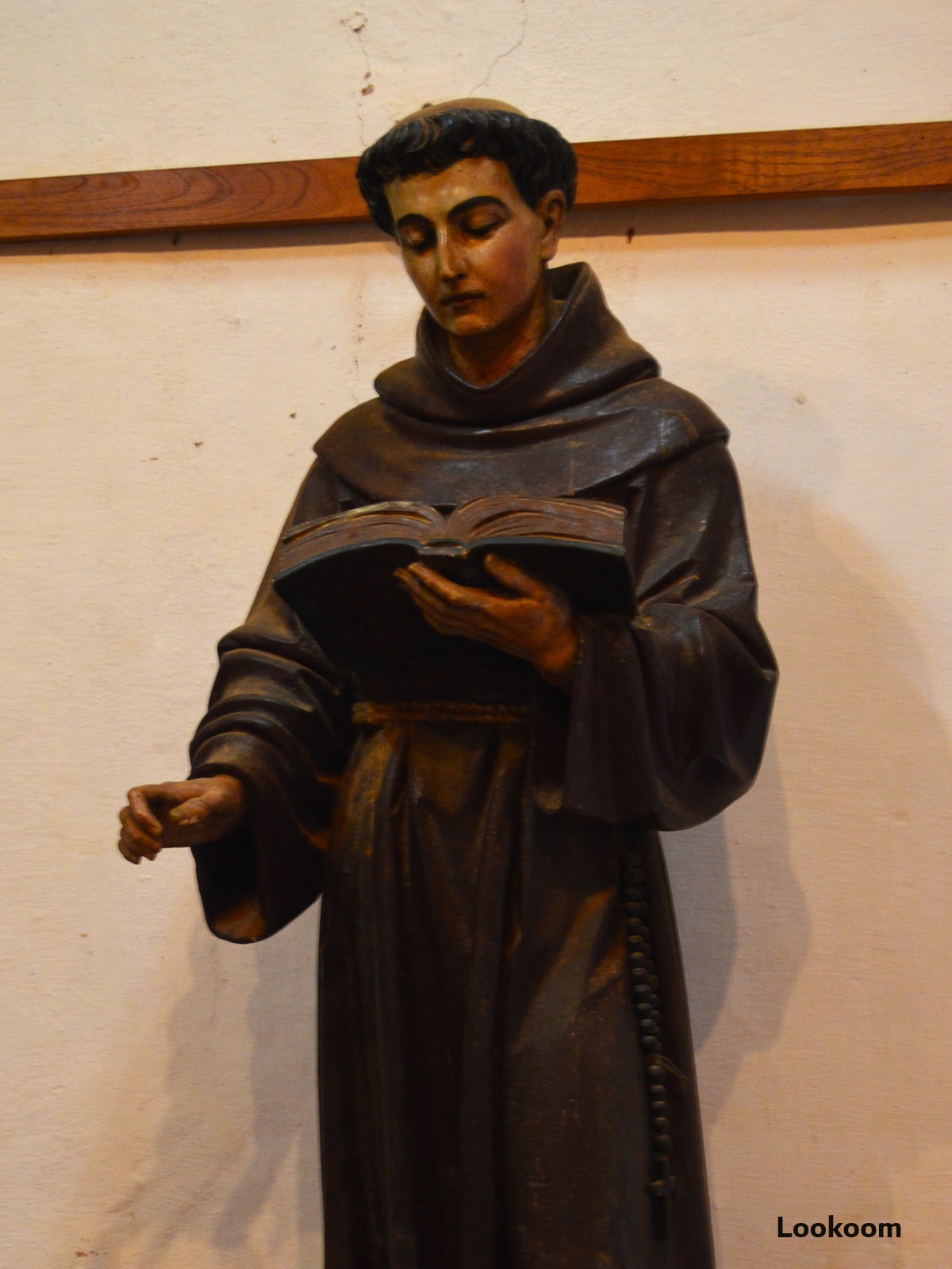
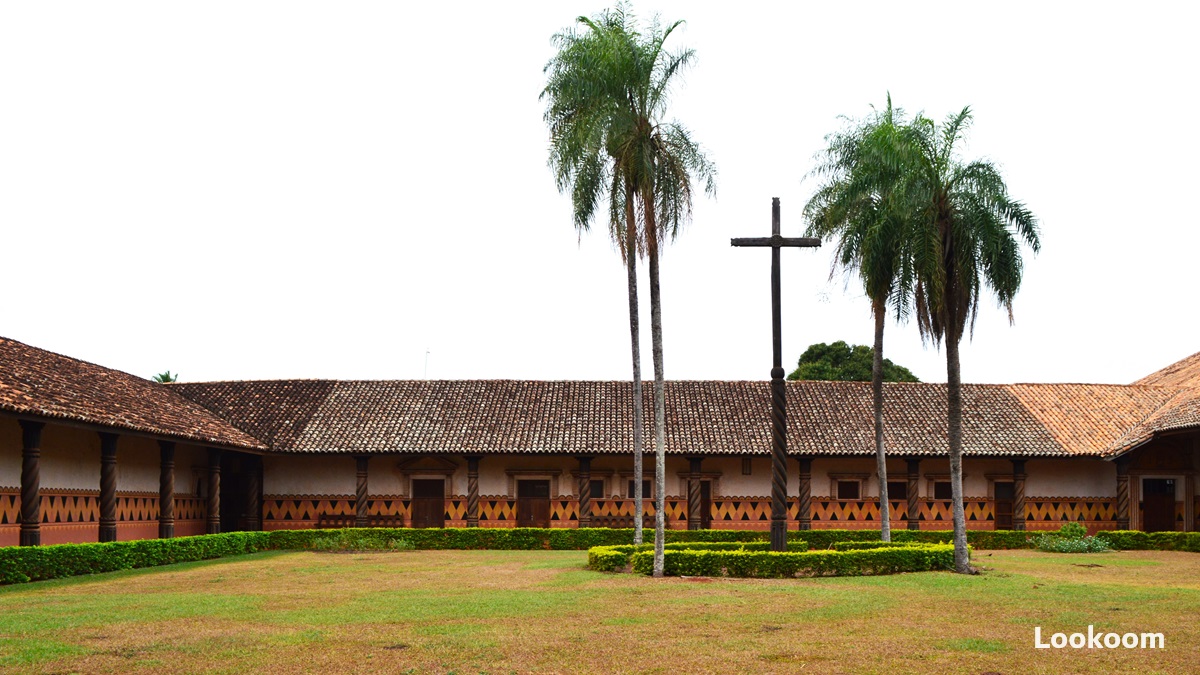
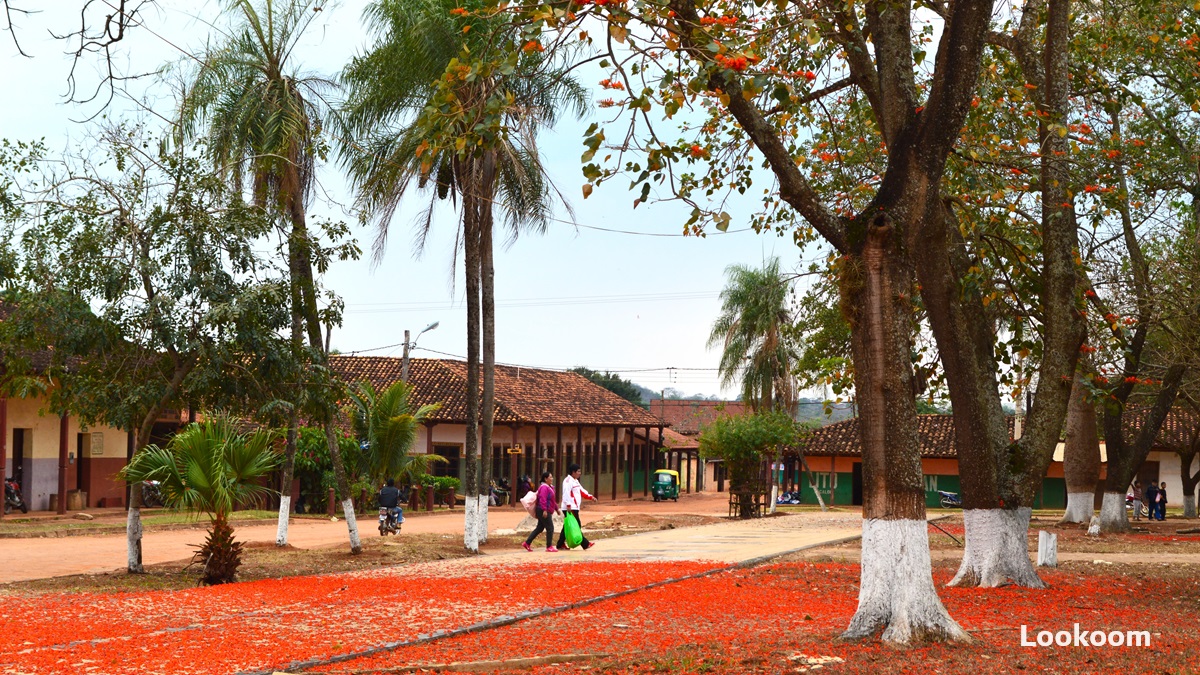
Concepción
Founded in 1709 by Jesuit missionaries, Concepción is home to the region’s cathedral. This stunning church is renowned for its intricate woodwork, gilded altars and striking murals. These artistic elements reflect the fusion of European Baroque style and local cultural influences.
Visitors to Concepción can explore the meticulously restored church, visit the local museum for a deeper insight into history, and experience the living local traditions that continue to thrive. Concepción offers a unique insight into a harmonious blend of history, culture and spirituality.

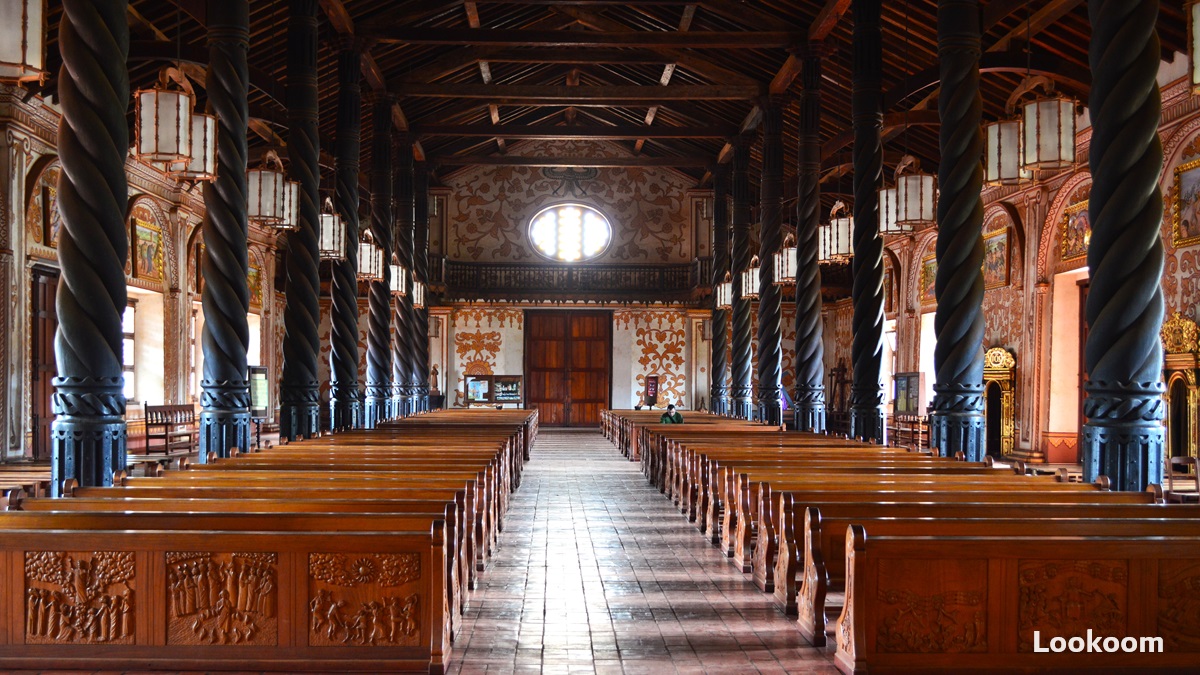
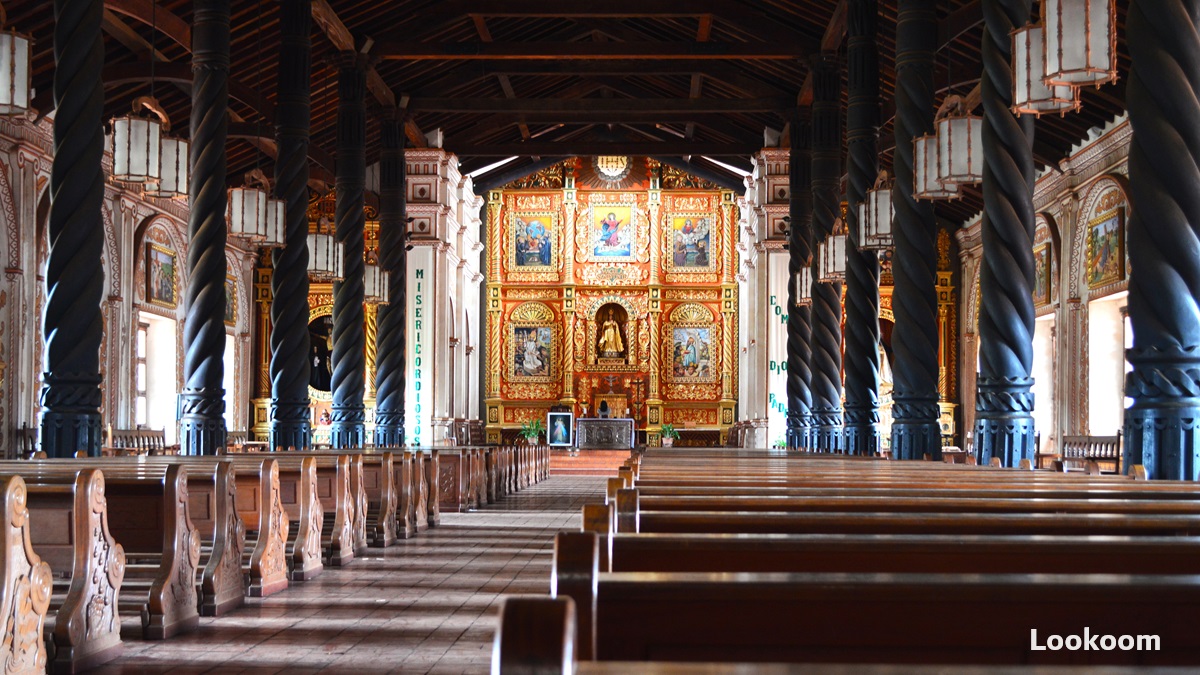
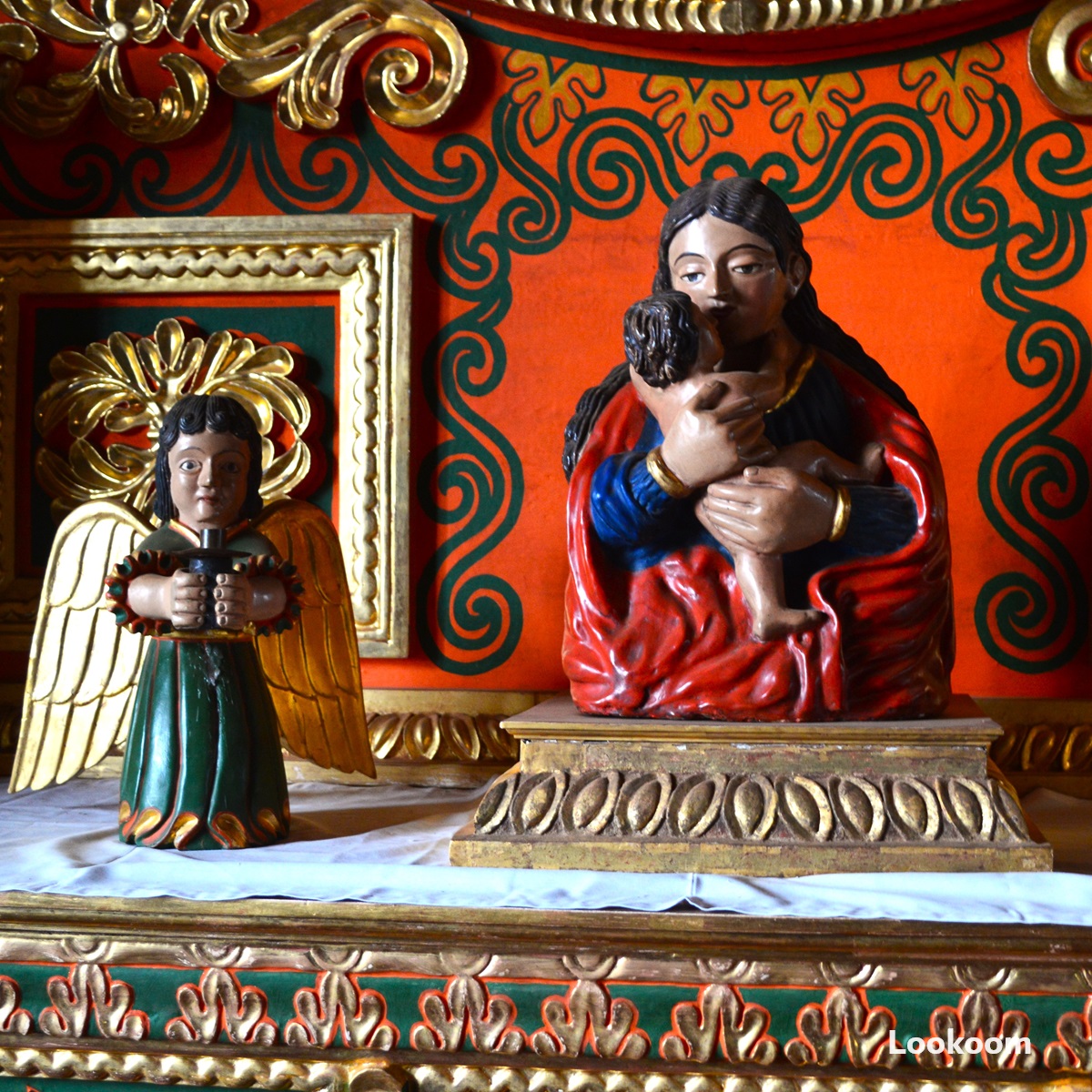
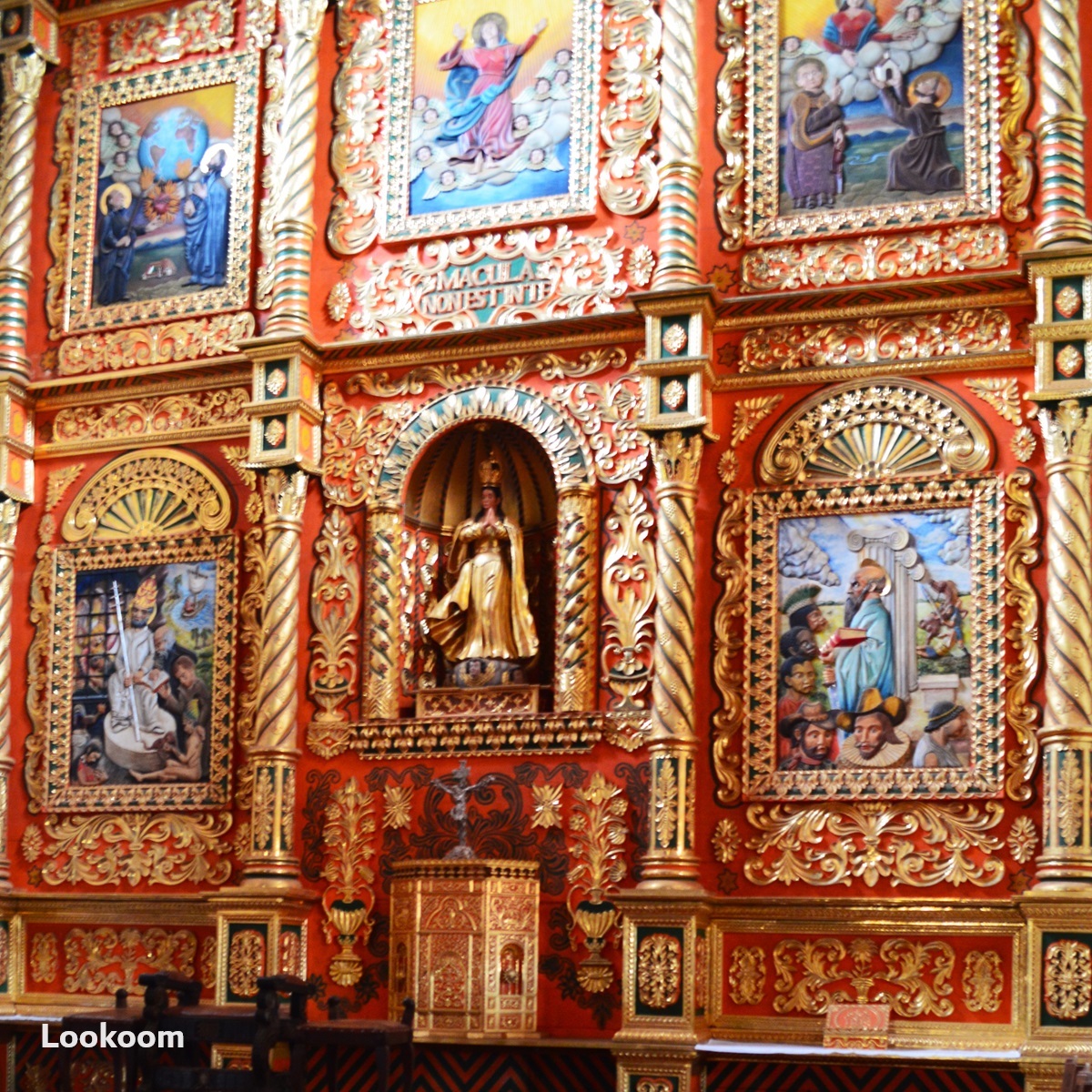

Museum
Concepción is also home to the museum dedicated to the Jesuit missions in Bolivia. Housed in the patrician house of a former president of the republic, it boasts a rich collection of objects, including religious works of art and indigenous crafts. Damaged or precious objects collected during restorations are gathered here.
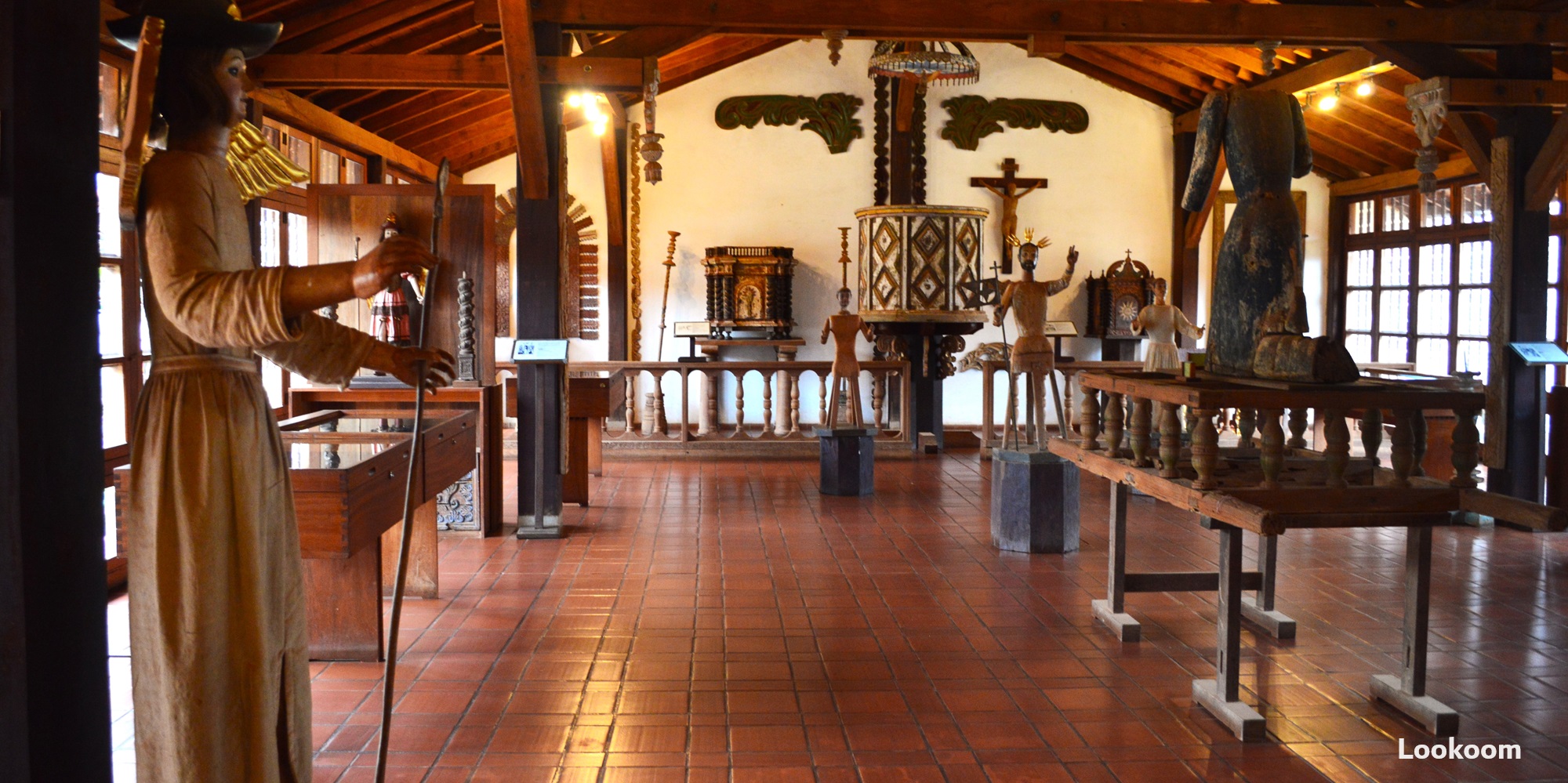
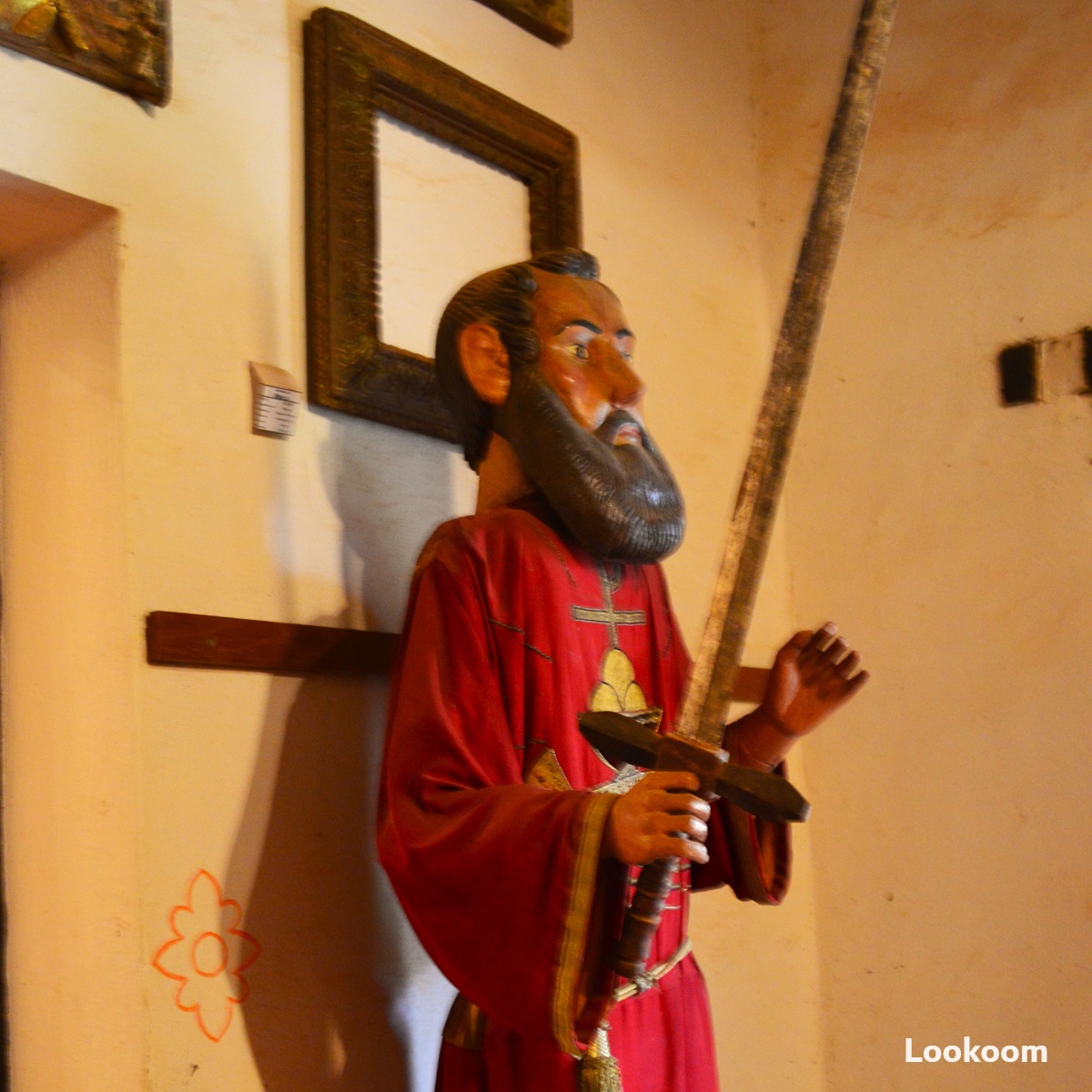
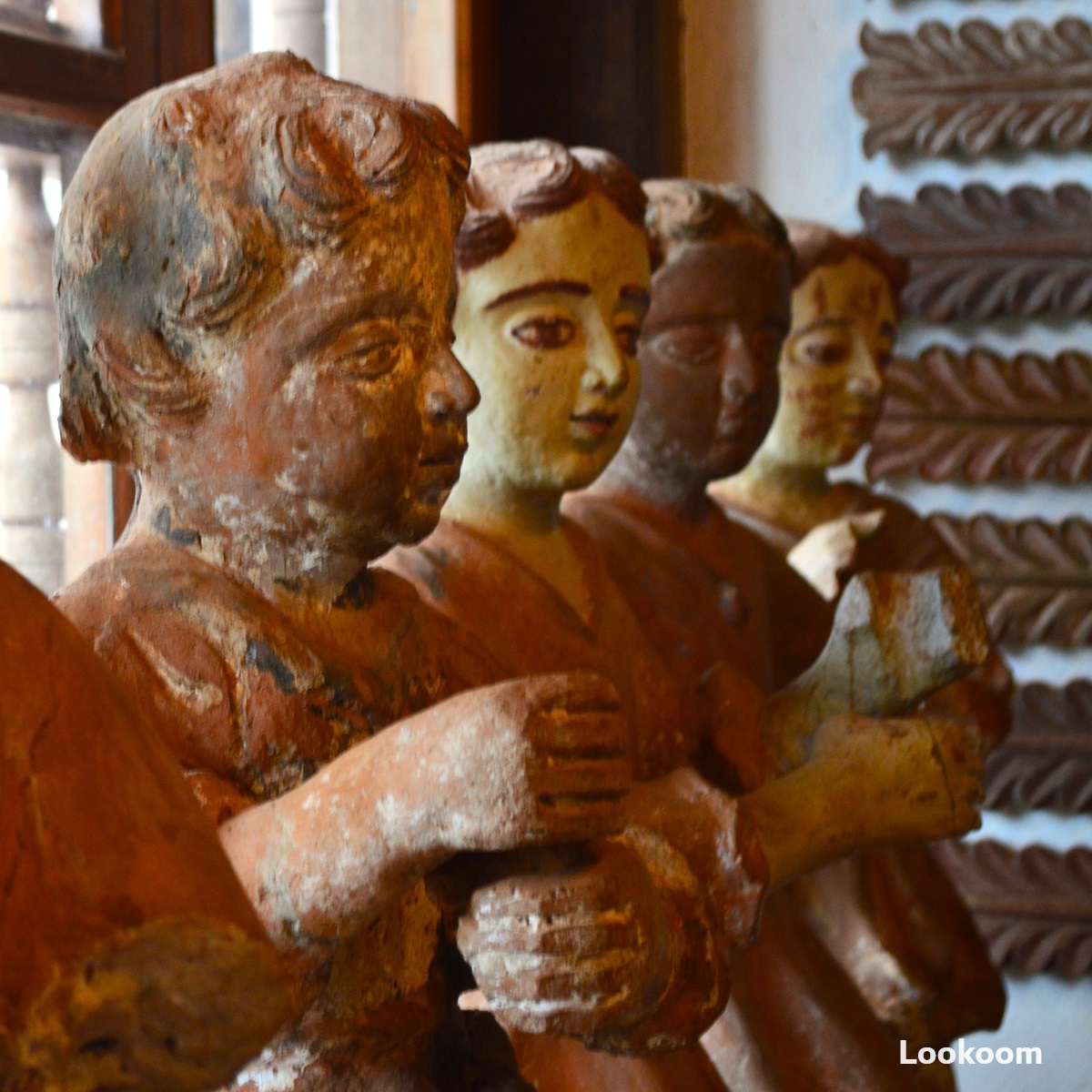
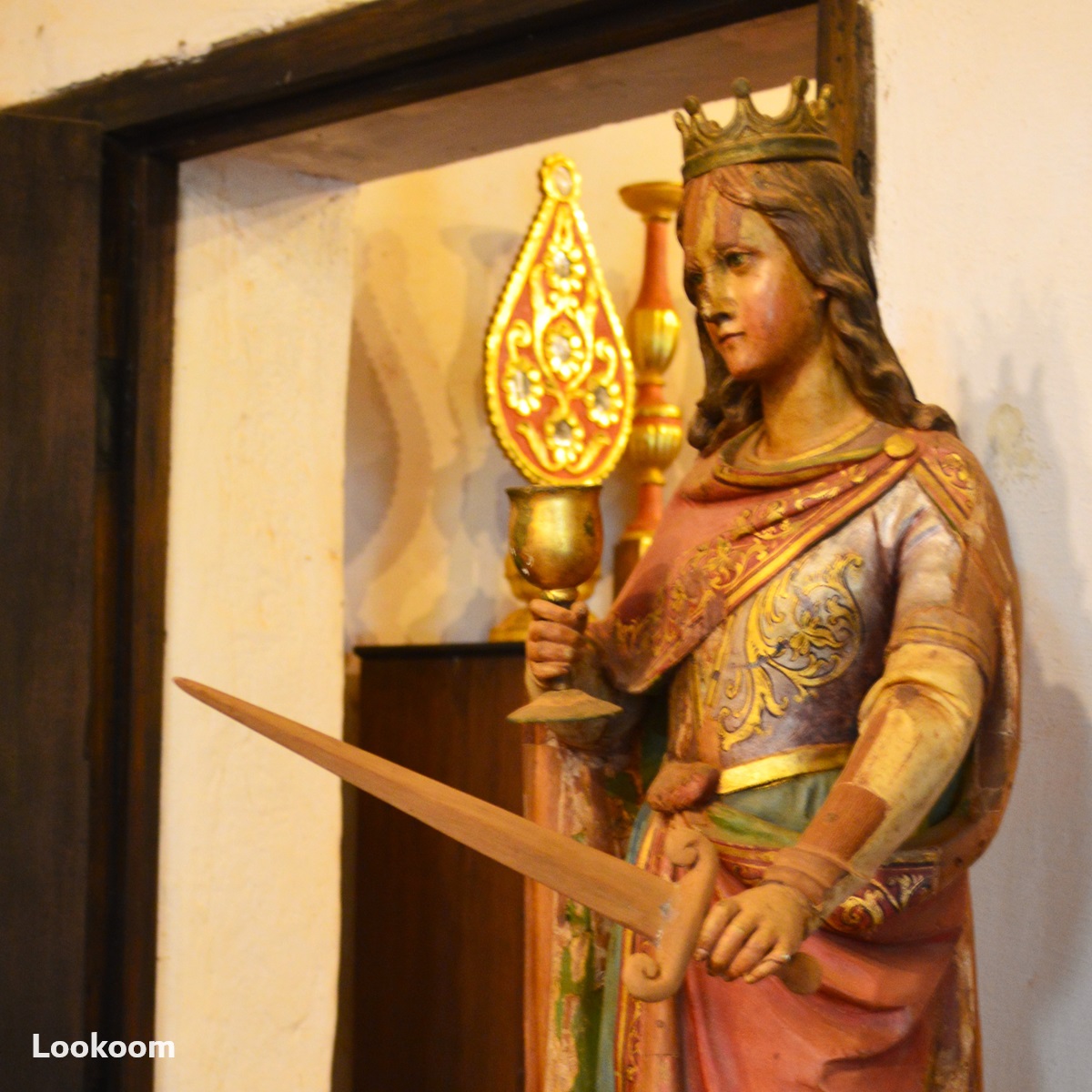
San Xavier
Mission San Xavier is the oldest of the Jesuit missions, founded in 1691 on the arrival of the Jesuits. The present church, built between 1749 and 1752, served as a model for the other missions, and features all the architectural features found elsewhere, with variations.
The parvis is bounded by two walls in line with those of the church, pierced by an arch. The roof extends to a last row of columns, protecting the parishioners from rain and sun. Some of the decoration is trompe-l’œil. The interior consists of three naves under a wooden structure supported by carved cuchi trunks.

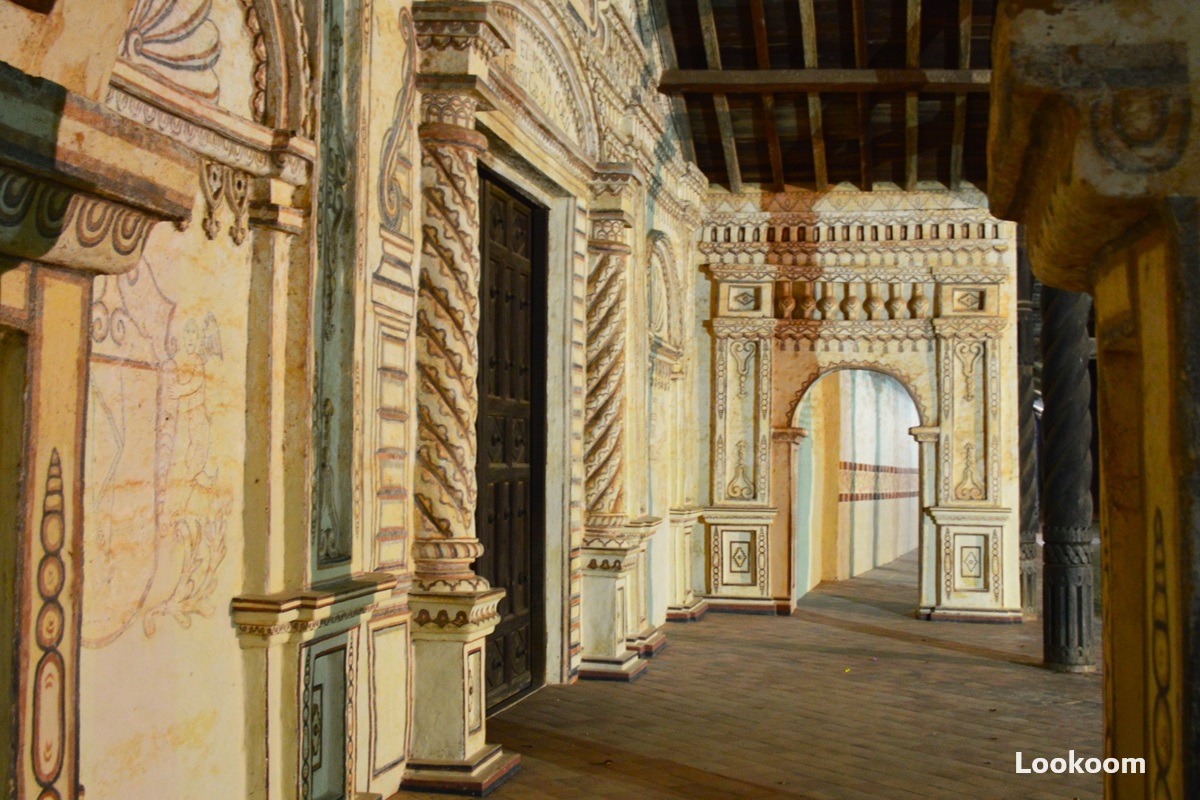
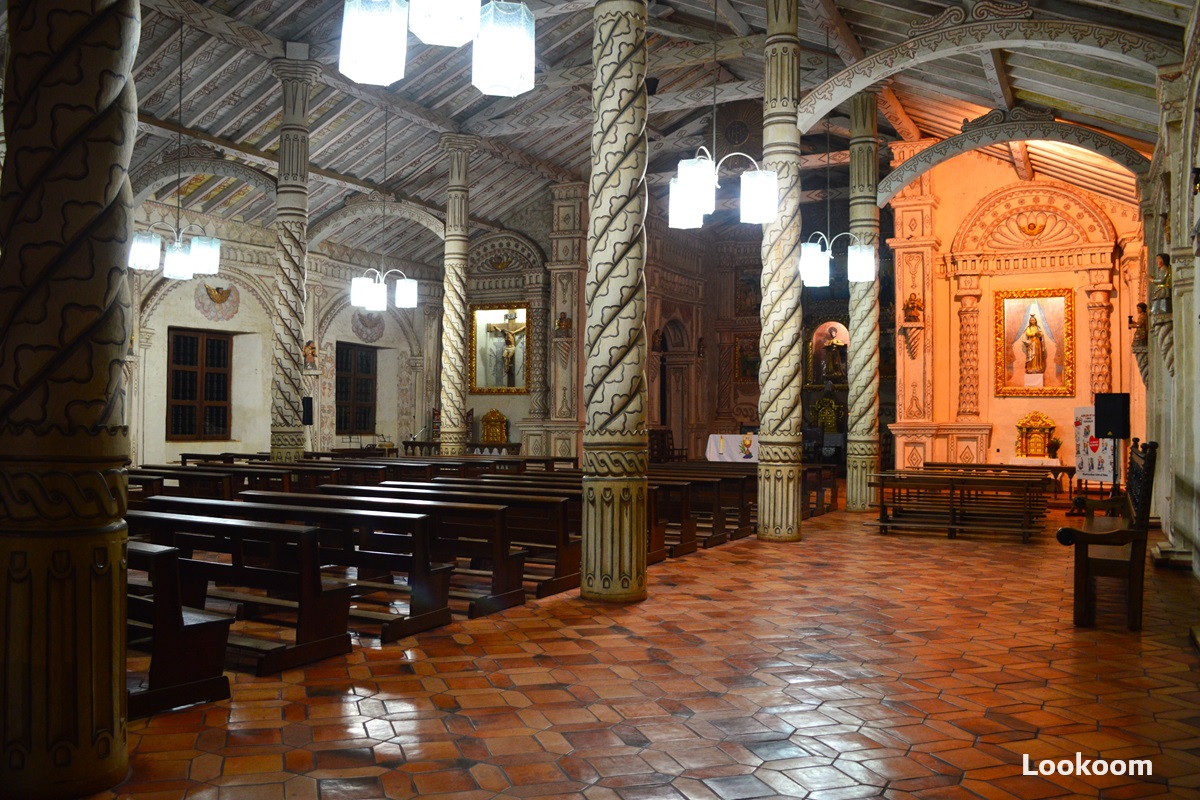
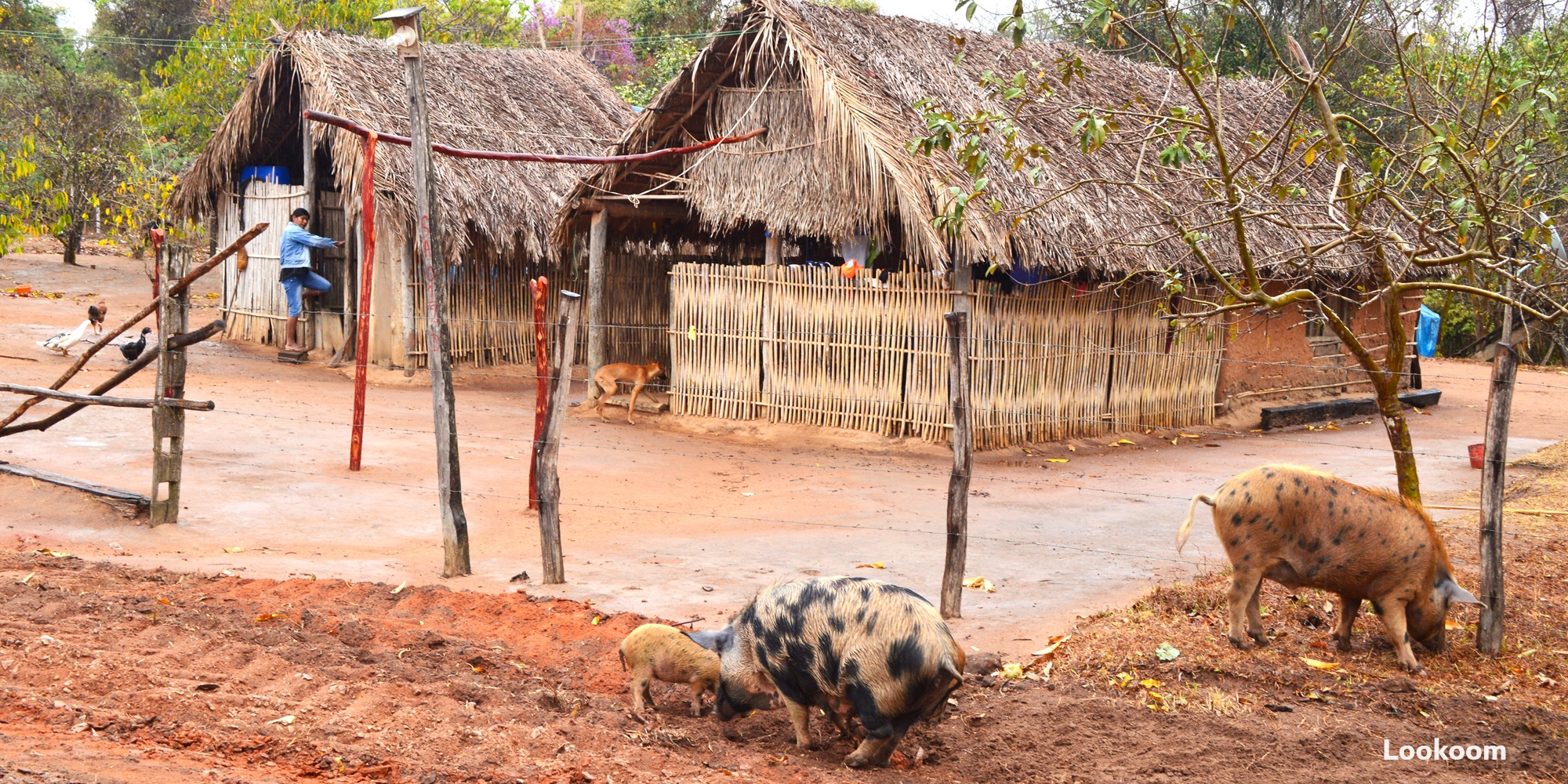
To be informed of upcoming articles, register here (it’s free!).
Articles about Bolivia:
…
La Paz: Top 10
Strangely enough, La Paz is the administrative capital of Bolivia, where the national government has settled, while Sucre remains the official capital designated by the Constitution.
Sucre : Top 10
Since the civil war at the end of the 19th century political power has been based in La Paz, preserving Sucre from the excesses of change.
Sucre, Casa de la Libertad
It was there that on August 6, 1825 Independence and the Republic were proclaimed.
Potosi
The mines of silver, but also tin and zinc explain the existence of a city at more than 13.400 feet, 4.000 meters, of altitude.
Silver mines of Potosi
A visit to the silver mines is a must during a stay in Potosi.
The Tiwanaku mysteries
The site highlights a pre-Inca culture that reached a high level of organisation, qualities that the Incas would inherit and perfect.
The streets of Uyuni
At an altitude of over 11,800 feet, 3,600 metres, Uyuni attracts many visitors to Bolivia, not for the town itself, but as a starting point to travel the Salar de Uyuni and the South Lipez region.
Salar de Uyuni
A geological curiosity, the Salar of Uyuni is a tourist attraction that draws many travellers. It is located at an altitude of 11,800 feet, 3,600 metres, in southern Bolivia.
The Jesuit Missions of Chiquitanía
Founded by the Jesuits in the 17th and 18th centuries, these missions were established to evangelize the Chiquito people.
To be informed of upcoming articles, register here (it’s free!).







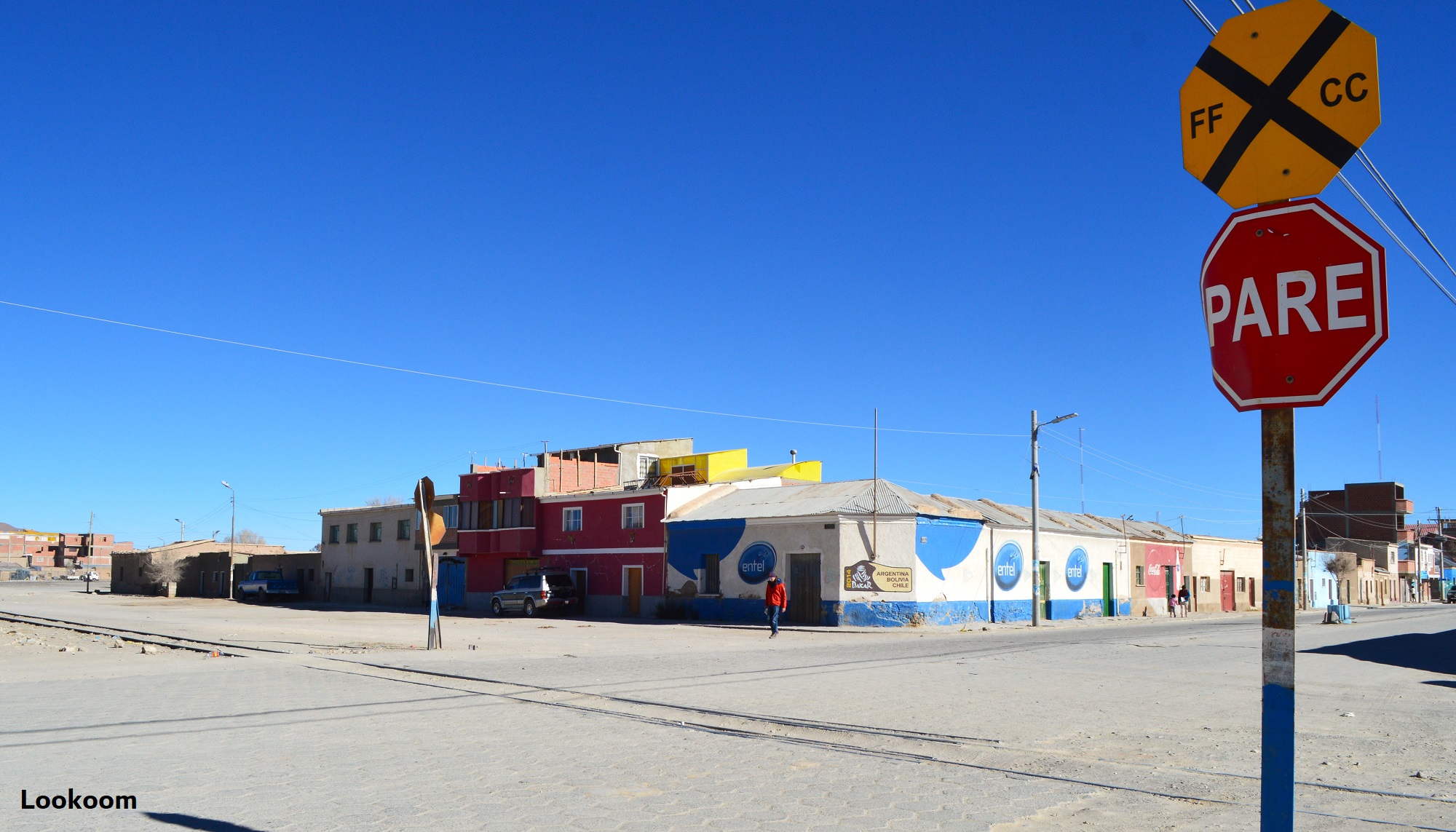

Amazing missions to be sure and such a history. We have been to some of the Franciscan missions in California and they are not nearly as ornate. Thanks for sharing. Allan
LikeLiked by 1 person
It’s an astonishing story of how these missions managed to convert the local populations to another civilisation, with just a few determined priests.
LikeLiked by 1 person
It’s amazing that some of these missions have been maintained and restored. It helps preserve the rich history of the area.
LikeLiked by 1 person
Exactly, there’s a certain continuity over time, especially as modern transformations have had little effect on this region.
LikeLiked by 1 person